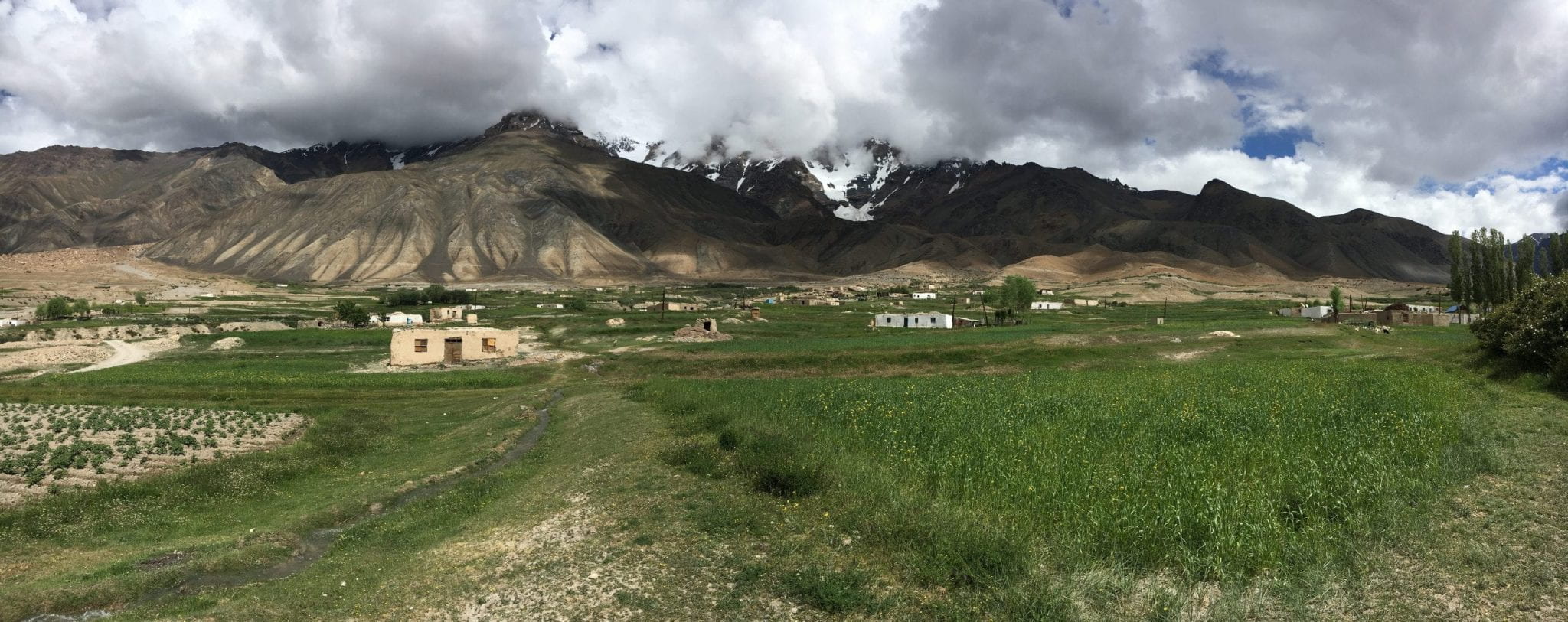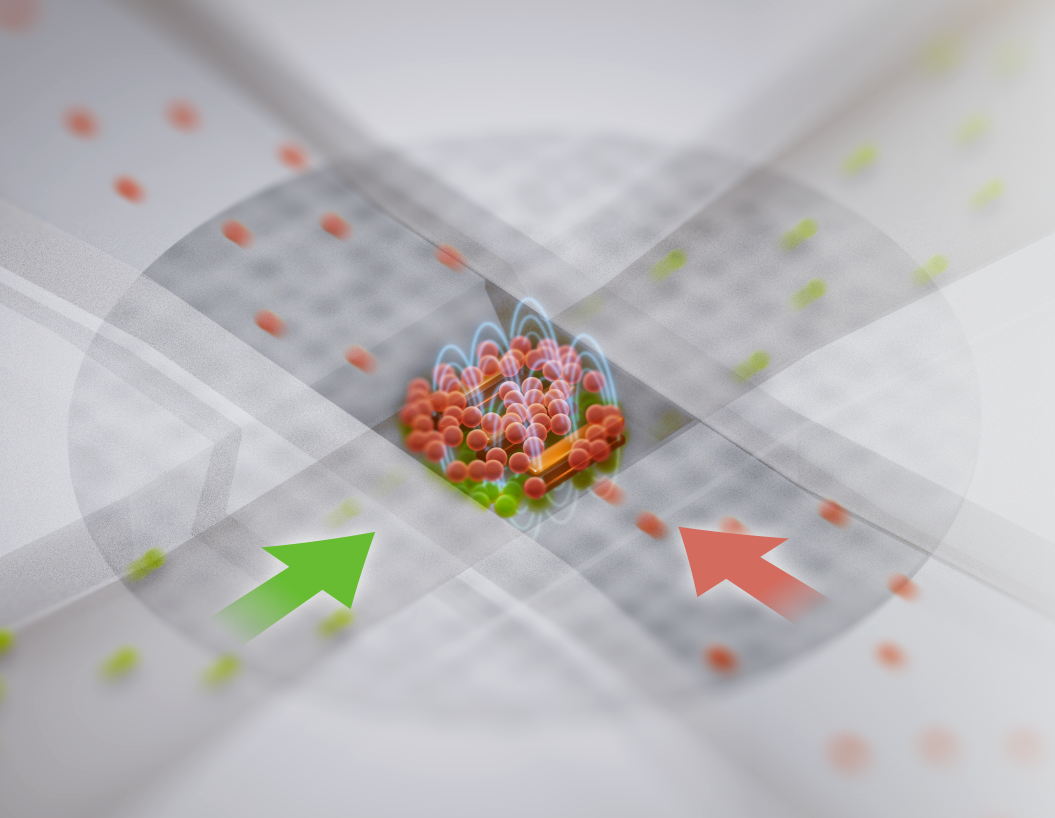Interest in crowd monitoring techniques is growing for their role in organizing daily life in cities. The issue of privacy protection is growing in importance. As part of its goal to be a leading city in the ethical use of technology, Amsterdam has launched its own technology that uses cameras and artificial intelligence to manage mobility and congestion in an ethical manner for the use of crowd monitoring technology.
The COVID-19 pandemic has arisen Through the new lifestyle you have imposed, alerting authorities around the world to the need to pay attention to several aspects of public life, Cities have become increasingly aware of the role of crowd monitoring technologies in public safety management. Understanding economic activity, Revitalize the tourism sector by reviving it safely.
Perhaps one of the most important issues related to crowd control systems is the concerns they raise about the privacy of individuals. And those related to the governance and regulation of technologies that collect data in public spaces and the ethics of this approach. In this regard, The capital, Amsterdam, in the Netherlands, has special features, It is a very crowded city and an important tourist destination, This can lead to unsafe or dangerous situations that may involve violence, injury or falls. In fact, most technological solutions focus on small spaces, It does not provide a complete picture of the functioning of the algorithms or the scope for verification, therefore, The current market has not been able to meet Amsterdam's need for a solution that is actually capable of covering a wide area, And in a manner that takes into account the privacy of individuals.
In order to overcome this challenge, City authorities have devised their own solution in their quest to be a leader in the ethical use of technology. In collaboration with TAP Smart City Design Agency and Life Electronics, it launched the first crowd monitoring system. subject to ethical controls, Designed to ensure privacy, It was called Public Eye.
The system monitors the number of individuals in public areas through surveillance cameras and sensors that measure the density of steps. It is supported by artificial intelligence algorithms and computer vision technologies, These techniques are used to monitor and predict the size, density, trends and speed of crowds in public places. It was also programmed to measure social distancing during the pandemic, City authorities used it to monitor an open exercise space frequented during the closure of gyms. The system is also currently undergoing experimentation in various suburbs and places in the city. If congestion in the controlled area reaches a certain limit, Algorithms observe that convergence between individuals has exceeded safe boundaries, It emits a light alert. Staff members then take action to disperse the crowds, They can also take congestion as a reference to design long-term strategies to prevent its recurrence within a process called "predictive modeling." As for the role of the system in traffic, The data it collects is used to manage traffic light systems in a way that reduces traffic congestion when congestion is detected.
This system has been included in the artificial intelligence register to train the population in the use of data, They were accompanied by an app, website and digital messages to help them plan their commute and avoid congestion.
The move could challenge the Amsterdam government to confront tech makers in their field in a competition that may not be equal. However, the government saw this challenge as an opportunity to stimulate competition and push the private sector to develop better products through this pioneering innovation.
But on the other hand, Some voices have expressed concern that video analysis technologies may turn cameras into robotic guards who actively and continuously monitor people, to confirm that the smart mobility project team at the Technology Management Office in Amsterdam confirms that the system does not include any attempt to impose fines or punish citizens. Evidenced by its software, which eliminates the need to monitor what cameras capture, Individuals turned into numbers and heat maps, Within footage that is not subject to preservation or archiving, Except for a limited number of images used to train the algorithm, which are subject to processing within an encrypted network owned by the city government.
For example, In the Amsterdam naval shipyard area, experience has shown that during curfews, individuals leave the area on time in compliance with the curfew. In general, this solution allows better control, Greater risk protection, It provides facts on which the relevant authorities can build to develop strategic plans. Where predictive modeling enables authorities, With an accuracy rate ranging from 85 to 90%, From identifying the most problem-prone places and studying them to taking the most appropriate actions.
This project embodied the trend of cities towards taking a certain approach to lay the foundations and rules for dealing with and deploying emerging technologies; it is currently being expanded with the experience of advanced cameras that can control their working times. To assess the need for cameras to continue working around the clock. The city looks forward to exploring pedestrian and passenger traffic to help improve infrastructure. It also seeks to crown its project with a microprocessor that analyzes the data without being sent from the camera to any destination. The Public Eye system currently exists as an open source for other cities to benefit from. In the near future it will be available for companies to use for free to develop their products.
References:
https://cities-today.com/why-the-city-of-amsterdam-developed-its-own-crowd-monitoring-technology/






